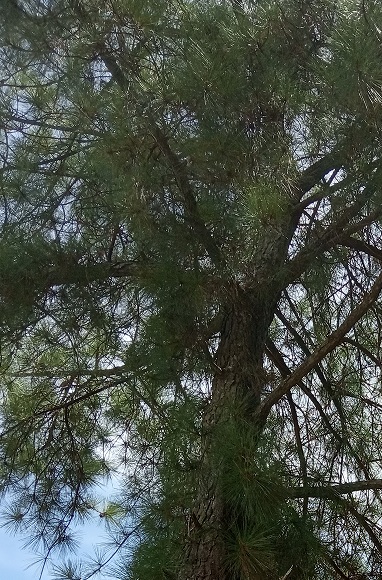Phenological Characterization and Production of Biomass from 12 Varieties of Sugar to Feed Cattle
Main Article Content
Resumen
Context: One of the main limiting factors of cattle production in Cuba is linked to low availability of quality pasture in sufficient amounts, during the dry season. Sugar cane has anatomical and physiological features that offer advantages as food and energetic supplement to ruminants.
Objective: To characterize 12 varieties of sugar cane for cattle nutrition.
Methods: Phenological evaluations were made and biomass production was determined in a study conducted at the Territorial Station of Sugar Cane Research (ETICA), mid-east Camagüey, in dry lands. A randomized block experimental design was made, consisting of 12 treatments (varieties) and three replications. The phenological composition of the stump (stem, top, and whole) was determined at 14 months in all the varieties. Agronomic variables plant height, stem diameter, number of stems m-2, active leaves, and production of green biomass by fractions and as a whole, were determined as well.
Results: The study demonstrated the existence of no significant differences in the phenological composition among the varieties. Concerning variables crop yield and green biomass production, varieties C92-325, C86-12, C99-374, C90-530, and C97-366 showed the greatest potential.
Conclusions: Its use is recommended in the major cattle raising areas in the province and the country with similar edaphoclimatic conditions to the experimental area.
Descargas
Resumen
Context: One of the main limiting factors of cattle production in Cuba is linked to low availability of quality pasture in sufficient amounts, during the dry season. Sugar cane has anatomical and physiological features that offer advantages as food and energetic supplement to ruminants.
Objective: To characterize 12 varieties of sugar cane for cattle nutrition.
Methods: Phenological evaluations were made and biomass production was determined in a study conducted at the Territorial Station of Sugar Cane Research (ETICA), mid-east Camagüey, in dry lands. A randomized block experimental design was made, consisting of 12 treatments (varieties) and three replications. The phenological composition of the stump (stem, top, and whole) was determined at 14 months in all the varieties. Agronomic variables plant height, stem diameter, number of stems m-2, active leaves, and production of green biomass by fractions and as a whole, were determined as well.
Results: The study demonstrated the existence of no significant differences in the phenological composition among the varieties. Concerning variables crop yield and green biomass production, varieties C92-325, C86-12, C99-374, C90-530, and C97-366 showed the greatest potential.
Conclusions: Its use is recommended in the major cattle raising areas in the province and the country with similar edaphoclimatic conditions to the experimental area.
Article Details

Esta obra está bajo licencia internacional Creative Commons Reconocimiento-NoComercial-SinObrasDerivadas 4.0.
Derechos de autor 2018
Copyright ©Agrisost/ (CC BY-NC-SA 4.0)

Esta obra está bajo licencia internacional
Creative Commons Reconocimiento-NoComercial-SinObrasDerivadas 4.0

